NASA Astronomy Picture of the Day 29 May 2023: Milky Way Galaxy and the Bioluminescent Sea
NASA’s Astronomy Picture of the Day is a breathtaking snapshot of the Milky Way Galaxy captured over a bioluminescent sea in the Maldives.
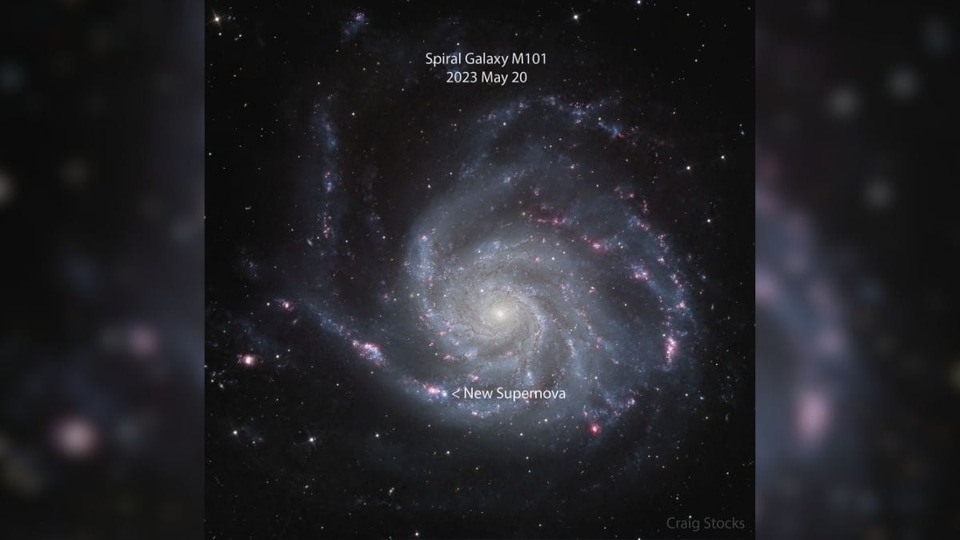
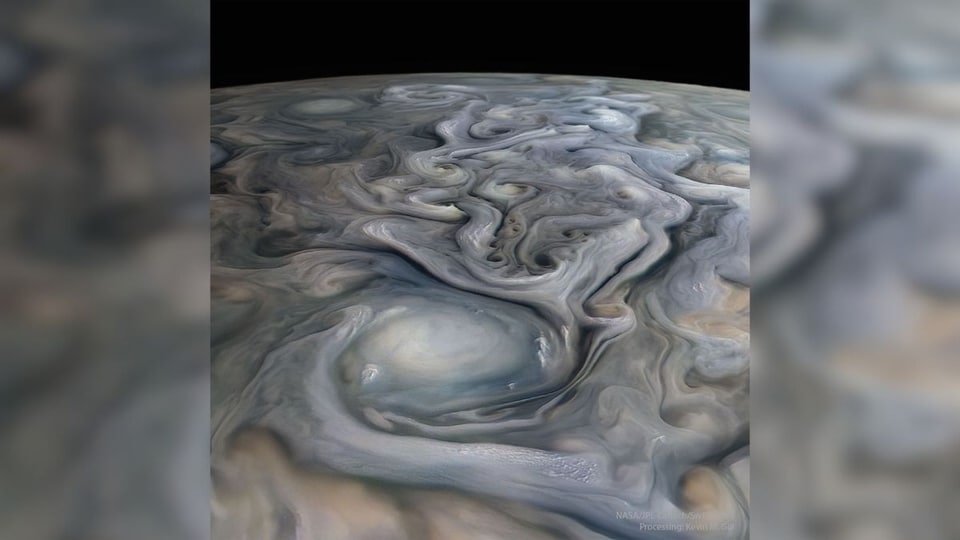
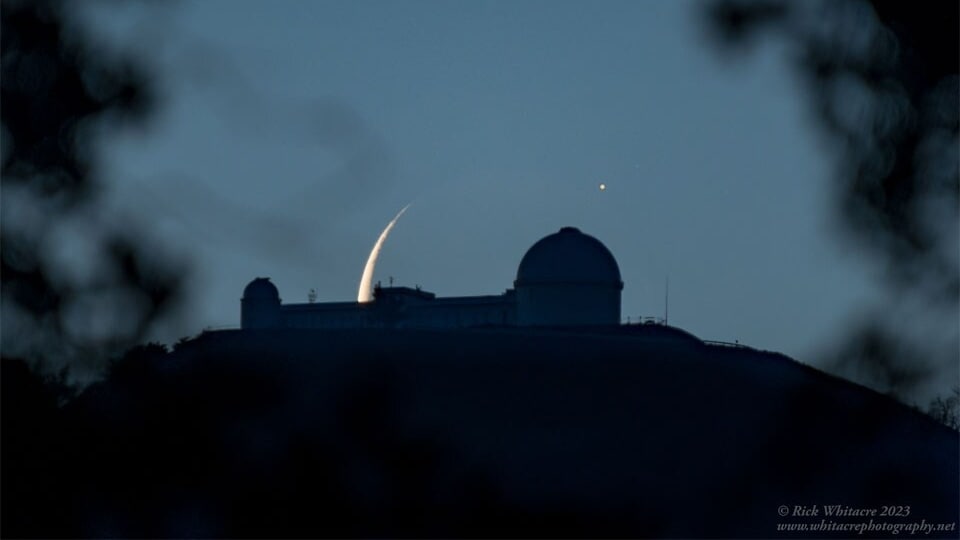
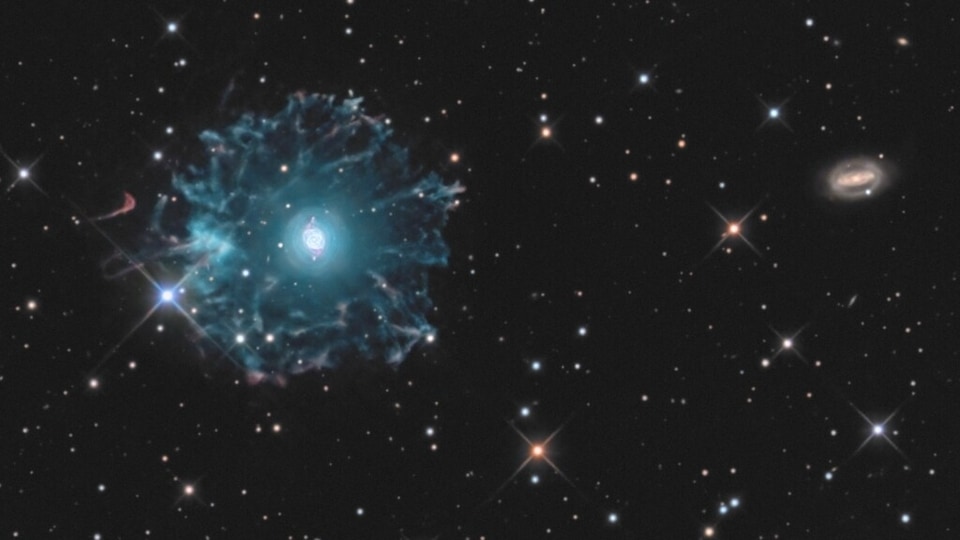
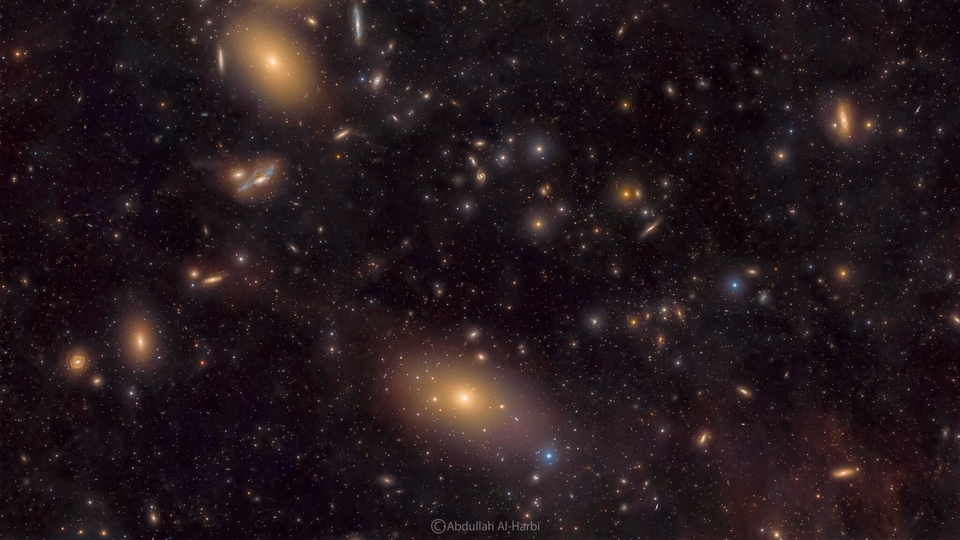
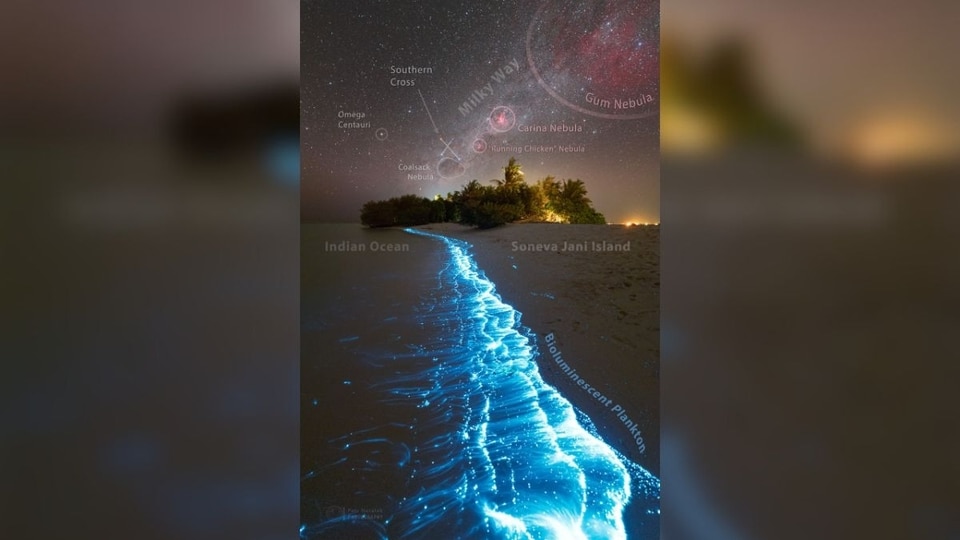
 View all Images
View all ImagesOur solar system, with the Sun at the center and 8 other planets besides Earth, reside in an obscure part of a galaxy known as the Milky Way Galaxy. It is a barred spiral galaxy that spans about 100,000 light-years across and was formed approximately 14 billion years ago. According to NASA, the Milky Way Galaxy has over 100 billion stars and all of them orbit a supermassive black hole at the galaxy's center, which is estimated to be four million times as massive as our Sun.
NASA's Astronomy Picture of the Day is a breathtaking snapshot of the Milky Way Galaxy captured over the bioluminescence of the sea in the Maldives. What is the turquoise glow in the water? It occurs due to single-celled Planktons, known as Noctiluca scintillans, which illuminate when stimulated by the sea waves to keep predators away. The Milky Way Galaxy dominates the sky with the Omega Centauri star cluster to the left and the Southern Cross Asterism in the center. The picture was captured by astrophotographers Petr Horalek and Sovena Jani.
NASA's description of the picture
What glows there? The answer depends: sea or sky? In the sea, the unusual blue glow is bioluminescence. Specifically, the glimmer arises from Noctiluca scintillans, single-celled plankton stimulated by the lapping waves. The plankton use their glow to startle and illuminate predators. This mid-February display on an island in the Maldives was so intense that the astrophotographer described it as a turquoise wonderland. In the sky, by contrast, are the more familiar glows of stars and nebulas.
The white band rising from the artificially-illuminated green plants is created by billions of stars in the central disk of our Milky Way Galaxy. Also visible in the sky is the star cluster Omega Centauri, toward the left, and the famous Southern Cross asterism in the center. Red-glowing nebulas include the bright Carina Nebula, just right of center, and the expansive Gum Nebula on the upper right.
Catch all the Latest Tech News, Mobile News, Laptop News, Gaming news, Wearables News , How To News, also keep up with us on Whatsapp channel,Twitter, Facebook, Google News, and Instagram. For our latest videos, subscribe to our YouTube channel.































